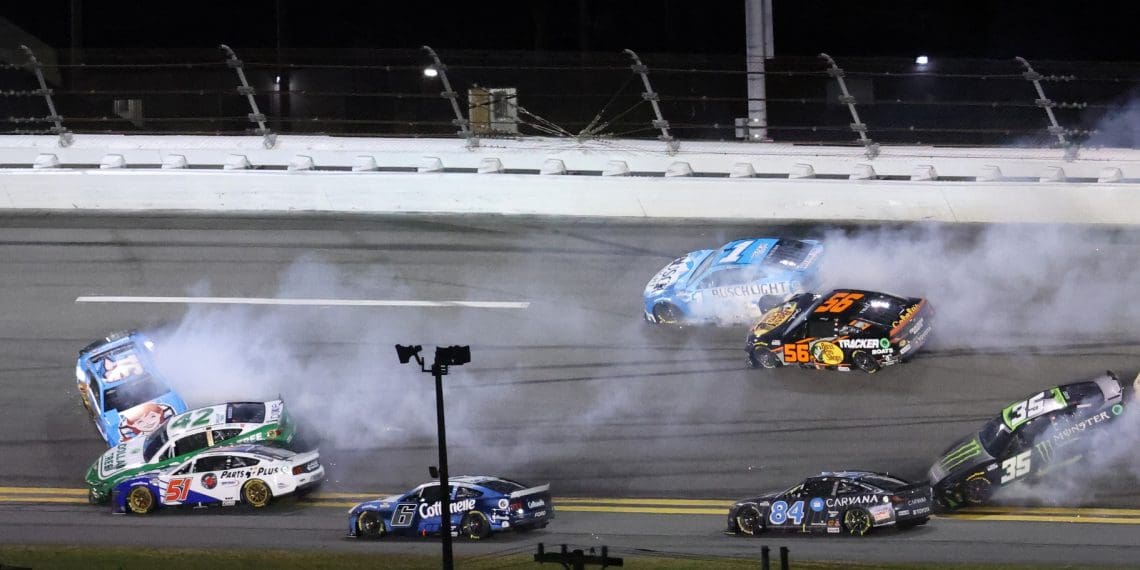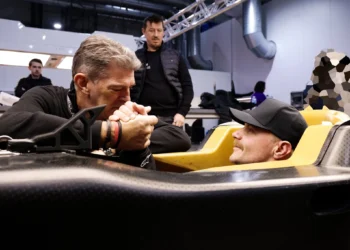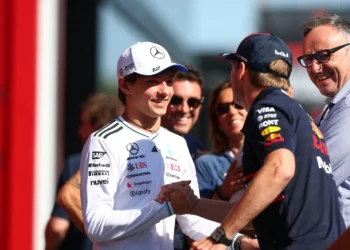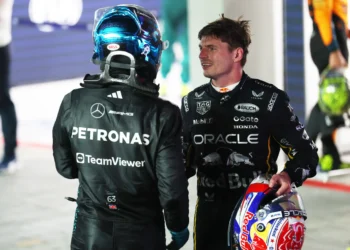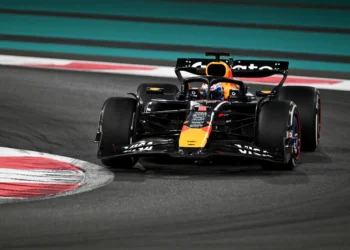It was a frustrating day for Kyle Busch at the 2025 Daytona 500, as the veteran driver found himself out of contention after just 15 laps. A massive wreck involving Joey Logano and Ricky Stenhouse Jr. sent Busch spinning, and after navigating the chaos, his day took a dramatic turn when a disqualification (DQ) followed due to NASCAR’s Damaged Vehicle Policy (DVP).
Busch, visibly irritated after the race, took to criticizing NASCAR for mishandling the incident and raising questions about the fairness of the DQ. The wreck that put him out of the race left him with flat tires and considerable damage, but Busch firmly believed that NASCAR’s response was excessive. He pointed out that the car was still in good condition after some repairs, and he expressed frustration that the DVP procedures prevented him from continuing his race.
The Incident That Led to Disqualification
It all started when Joey Logano attempted a block initiated by Ricky Stenhouse Jr., triggering a chain reaction that took out Kyle Busch, Chase Elliott, and Ryan Blaney. Busch was caught in the chaos, but after a quick visit to pit road and new tires, he returned to the track. However, his hopes of continuing the race were dashed when he failed to meet the minimum speed requirement after reentering the race.
Once Busch’s car was towed to the garage, his crew assessed the damage and made the necessary repairs, replacing the tires and ensuring the car was in race-worthy condition. But when Busch failed to meet NASCAR’s three-lap minimum speed requirement after returning to the track, the race officials had no choice but to disqualify him.
Busch’s Frustrations with NASCAR’s Enforcement of the DVP
In his post-race comments, Busch was highly critical of how NASCAR handled the situation. He argued that his car had been in suitable condition to reenter the race, with all the wheels pointed in the right direction and new tires installed. “We put four new tires on it to go back out to see what the next process was going to be for us,” Busch said. But the rules, as NASCAR’s senior vice president of competition Elton Sawyer pointed out, were clear.
Sawyer addressed the situation by explaining that NASCAR’s Damaged Vehicle Policy had not changed from the previous year, except for an additional minute to repair the car on pit road. “What we do on pit road as far as the damaged vehicle policy hasn’t changed from 2024 other than we’re giving an additional minute—now it’s seven minutes versus six,” Sawyer stated.
He went on to explain that the rule is in place to prevent teams from repeatedly working on the car and circumventing the system: “If we didn’t have a way to basically have an end to the DVP part of it where you could reset, then competitors would go in the garage, work on the car a little bit, go back out, run one lap, come back in…and that’s just kind of circumventing the purpose of the rules.”
NASCAR’s Ruling on the Minimum Speed Rule
Sawyer acknowledged that Busch might have misunderstood the application of the rules but insisted that the disqualification was in line with NASCAR’s procedures. “I think it was a misunderstanding on Kyle’s part,” he said. “The reason that this rule was put in place the way it is…is to avoid teams exploiting the system.”
While Busch was upset about the wreck and the enforcement of NASCAR’s policies, it seems the rules are firmly in place, and the actions taken by race officials were consistent with their guidelines. Despite this, the incident raised questions about the clarity of NASCAR’s procedures, especially when it comes to situations like Busch’s, where the car seemed fit to return but was ultimately eliminated due to a timing and speed issue.
Kyle Busch’s Focus Shifts to Truck Series
While his Daytona 500 was cut short, Busch is looking ahead to another challenge: the NASCAR Craftsman Truck Series. Set to compete in the Rackley Roofing 200 on May 30th at Nashville Speedway, Busch is aiming to add more victories to his legacy in the Truck Series. With a career of 66 wins in the Truck Series, Busch is looking forward to racing at familiar tracks like Atlanta, Charlotte, and Nashville, while also taking on North Wilkesboro and Watkins Glen for the first time in a truck.
Busch’s performance in the Truck Series is expected to keep him firmly in the spotlight, as he continues to prove his versatility and dominance across multiple NASCAR divisions. Despite the frustrations of Daytona, Busch remains focused on adding more wins to his career tally and further solidifying his place as one of NASCAR’s most accomplished drivers.

